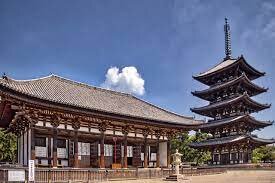Nara, a city steeped in history and tradition, beckons travelers to embark on a captivating journey into the heart of Japan’s rich cultural tapestry. Nestled in the Kansai region, this ancient city boasts a mesmerizing blend of natural beauty and architectural wonders that have stood the test of time. Is Nara worth visiting? Let’s unravel the layers of this remarkable destination and discover the allure that awaits those who venture into its embrace.
A Stroll Through Time: Nara’s Historic Heritage
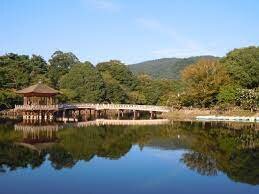
Nara’s claim to fame lies in its status as Japan’s first permanent capital, established in 710 AD. As a result, the city is a treasure trove of historic sites, each echoing tales of bygone eras. The crowning jewel is the Nara Park, a vast expanse of greenery that houses some of Japan’s most iconic landmarks.
Nara Park: A Haven for Deer and History
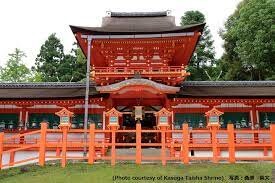
Spanning over 1,200 acres, Nara Park is home to hundreds of free-roaming deer, regarded as divine messengers in Shinto beliefs. The sight of these gentle creatures, known as Sika deer, adds a magical touch to the park’s serene ambiance. Visitors can purchase deer crackers to feed these friendly animals, creating an enchanting experience that is quintessentially Nara.
Amidst the picturesque landscape, the Todai-ji Temple stands tall and proud. This colossal structure, dating back to the 8th century, houses the Great Buddha (Daibutsu), a 15-meter tall bronze statue that is a testament to the architectural and artistic prowess of ancient Japan. The sheer scale of Todai-ji leaves an indelible impression on all who stand before it, making it a must-visit for history enthusiasts and casual tourists alike.
Cultural Charms: Nara’s Temples and Shrines
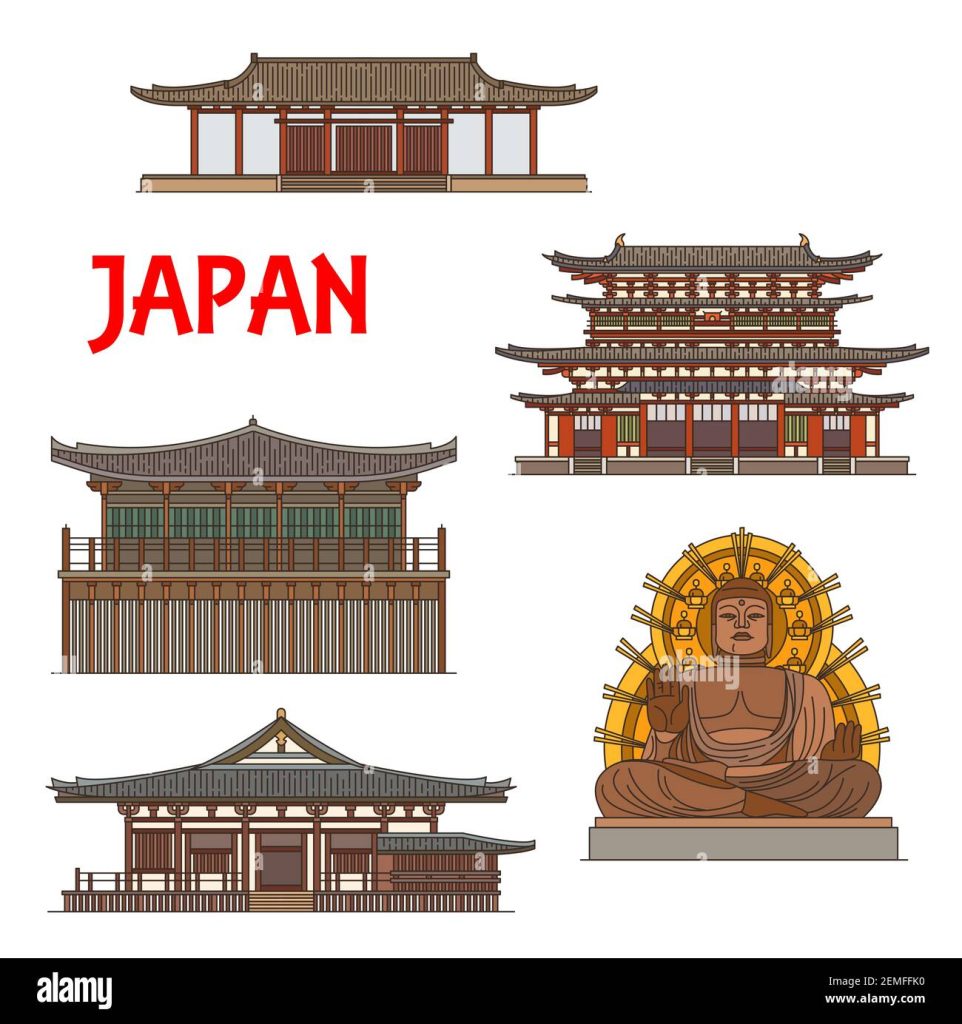
Beyond the sprawling Nara Park, the city is adorned with an array of temples and shrines that provide a deeper insight into Japan’s spiritual heritage.
Kasuga Taisha: A Forest of Lanterns
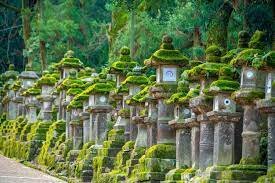
Kasuga Taisha, a Shinto shrine established in 768 AD, is renowned for its mystical ambiance created by thousands of stone lanterns lining the pathways. The shrine is particularly captivating during the Setsubun Mantoro Festival when these lanterns are illuminated, casting an ethereal glow that transports visitors to a different realm. The vibrant atmosphere and ancient rituals make Kasuga Taisha a cultural gem nestled within Nara’s embrace.
Kofuku-ji: A Testament to Resilience
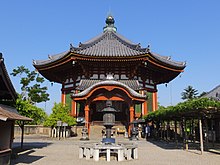
Kofuku-ji, with its five-storied pagoda, stands as a symbol of resilience and rebirth. Originally constructed in 669 AD, the pagoda has undergone multiple reconstructions due to fires and natural disasters. Today, it stands proudly, showcasing the indomitable spirit that defines Nara’s cultural heritage. The sprawling temple complex also houses priceless Buddhist statues and artifacts, providing a glimpse into the spiritual practices that have shaped the city over the centuries.
Natural Beauty and Tranquility: Nara’s Gardens and Landscapes
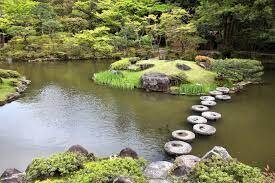
While Nara’s historical treasures are undoubtedly captivating, the city’s natural beauty adds a layer of tranquility that complements its cultural richness.
Isuien Garden: A Serene Retreat

Nestled between Todai-ji and Kasuga Taisha, Isuien Garden is a meticulously designed landscape that invites visitors to step into a world of serenity. With its meticulously arranged ponds, bridges, and teahouses, the garden reflects the principles of traditional Japanese aesthetics. The changing seasons paint the garden in a kaleidoscope of colors, making it a haven for those seeking moments of contemplation and connection with nature.
Mount Wakakusa: Panoramic Views and Sakura Splendor

For those craving panoramic views of Nara and its surroundings, a climb up Mount Wakakusa is a must. The ascent, though moderate, rewards hikers with breathtaking vistas of the city and Nara Park. Additionally, the slopes of Mount Wakakusa burst into a riot of colors during the cherry blossom season, transforming the landscape into a dreamlike spectacle that captures the essence of spring in Japan.
Culinary Delights: Nara’s Gastronomic Offerings
A visit to Nara is incomplete without savoring its delectable culinary offerings that showcase the region’s unique flavors and culinary traditions.
Kakinoha Sushi: A Delightful Culinary Experience

Kakinoha Sushi, a local specialty, features bite-sized morsels of sushi wrapped in persimmon leaves. This traditional dish not only tantalizes the taste buds but also reflects the ingenuity of Nara’s culinary heritage. The combination of fresh ingredients and time-honored techniques makes Kakinoha Sushi a culinary delight that encapsulates the essence of Nara’s gastronomic scene.
How long should you spend in Nara?
The ideal duration for a visit to Nara depends on your travel preferences and the depth of exploration you desire. While some travelers may find a day trip sufficient to cover the major attractions, others might prefer a more leisurely pace to fully immerse themselves in the city’s rich cultural and historical offerings. A recommended timeframe would be 1 to 2 days, allowing you to explore Nara Park, visit key temples and shrines, and indulge in the local ambiance without feeling rushed.
Is Kyoto better than Nara?
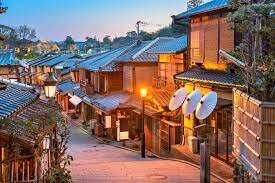
The comparison between Kyoto and Nara is subjective and largely depends on individual interests. Kyoto, renowned for its extensive collection of temples, historical sites, and vibrant city life, offers a broader range of attractions. Nara, on the other hand, is known for its intimate and serene atmosphere, with a focus on well-preserved ancient temples and the iconic Nara Park. Both cities boast unique cultural experiences, so the choice between Kyoto and Nara ultimately hinges on personal preferences and the type of travel experience you seek.
Why do tourists go to Nara?
Tourists flock to Nara for its captivating blend of history, culture, and natural beauty. The city’s iconic Nara Park, home to free-roaming deer and the impressive Todai-ji Temple, draws visitors seeking a unique and enchanting experience. Nara’s well-preserved temples and shrines, such as Kasuga Taisha and Kofuku-ji, offer a glimpse into Japan’s spiritual heritage. Additionally, the city’s tranquil gardens, like Isuien Garden, provide a peaceful retreat. Nara’s charm lies in its ability to transport tourists to a bygone era while offering a respite from the hustle and bustle of modern life.
Should I stay in Nara or day trip?
The decision to stay in Nara or opt for a day trip depends on various factors, including your travel itinerary, interests, and time constraints. Staying overnight allows for a more relaxed exploration of the city, with the opportunity to experience its ambiance after day-trippers have departed. If time is limited, a day trip can still provide a fulfilling experience, covering major attractions like Nara Park and key temples. Consider factors such as your overall travel schedule, the pace of exploration you prefer, and whether you want to immerse yourself in Nara’s atmosphere beyond the typical day-trip hours when making this decision.
Conclusion: Nara’s Timeless Allure
In conclusion, the question of whether Nara is worth visiting is unequivocally answered by the city’s timeless allure. Nara seamlessly weaves together the threads of history, culture, and nature, offering a travel experience that transcends the ordinary. Whether wandering through Nara Park, marveling at ancient temples, or savoring local delicacies, visitors find themselves immersed in a captivating journey through Japan’s cultural heart. Nara is not merely a destination; it is a testament to the enduring spirit of a city that has gracefully preserved its heritage for centuries. Embark on a journey to Nara, and let its timeless charm unfold before your eyes.
